By François Honoré Georges JACOB-DESMALTER, Paris, 1813-1825.
Stamp ".IACOB" used from 1813 to 1825, by François Honoré Georges Jacob-Desmalter (1770-1841).
Iron marks LP / N under royal crown and inventory numbers 18611 and 18612.
H. 98 x W. 82 x D. 40 cm.
Provenance
Louis-Philippe d'Orléans, duke of Orléans then King of the French, at the château of Neuilly.
History
The Château de Neuilly, which belonged to the Marquis de Nointel in 1648, was rebuilt in 1751 by the architect Cartaud for the Chancellor d'Argenson. After his death, the castle passed to Madame de Montesson, morganatic wife of Louis-Philippe le Gros, Duke of Orléans (1725-1785), grandfather of the future King Louis-Philippe I. In 1804, Murat, already owner of the Château de Villiers, bought the neighboring Château de Neuilly and brought them together. Murat becomes King of Naples and the castle returns to the Crown. Napoleon gives Neuilly to his sister Pauline who refuses to live there. In 1814, Louis XVIII offered the chateau to his nephew, the Duke of Angoulême, to turn it into a stud farm, without follow-up. In 1817, the two castles were exchanged by Louis-Philippe, then Duke of Orléans, for the Chartres stables which belonged to him and where, since 1801, the horses of the Crown had been housed. He enlarged the estate and had several buildings built to house his many children and his sister Adelaïde. The Orléans family greatly appreciated this residence at the Portes de Paris and spent long stays there during the reign of Louis-Philippe. On February 25, 1848, the castle was set on fire and looted by a band of rioters. The Château de Neuilly was confiscated by Napoleon III in 1852 and the park was divided into 700 lots. All that remains is the north wing built by the architect Fontaine for Murat, inhabited by Madame Adelaïde under the July Monarchy. Today it is occupied by the Congregation of the Sisters of Saint Thomas de Villeneuve. Under Louis-Philippe, the Château de Neuilly had benefited from numerous extensions to accommodate the large family of the King. Thus each wing or pavilion was devolved to one of his children, the pavilion of Villiers was inhabited by his son, the Duke of Aumale then, after his marriage, by the princely couple.














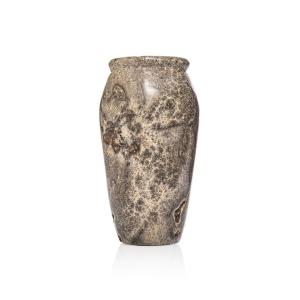

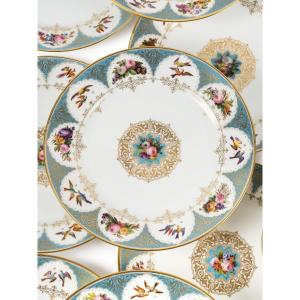



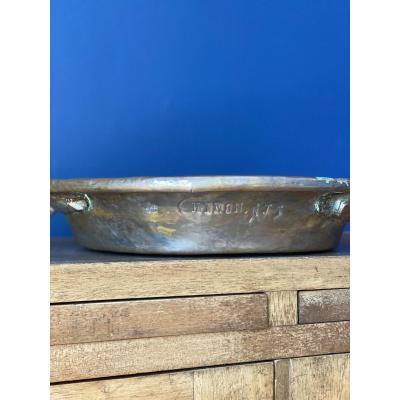
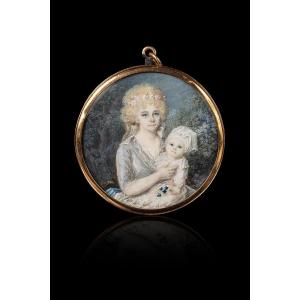
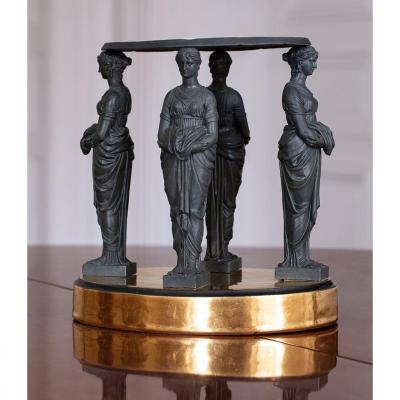


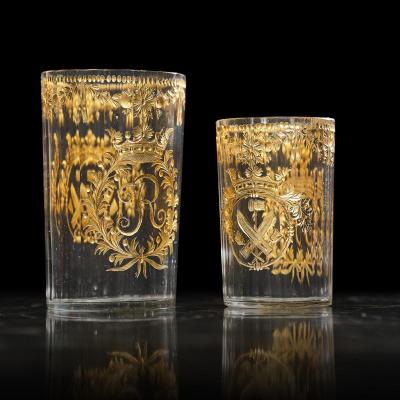


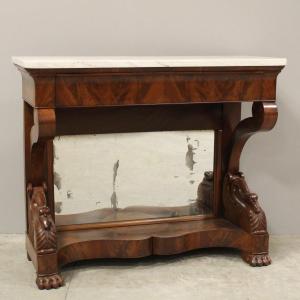
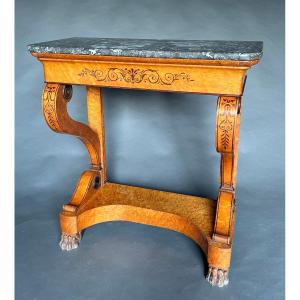
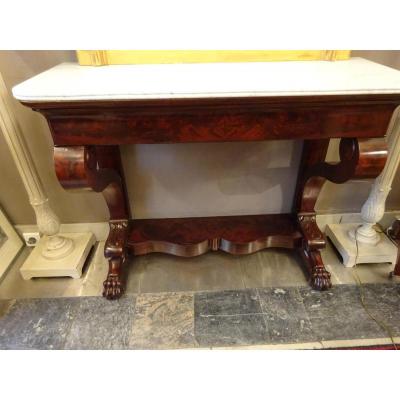
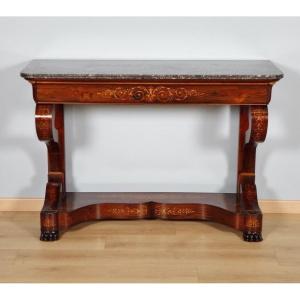



 Le Magazine de PROANTIC
Le Magazine de PROANTIC TRÉSORS Magazine
TRÉSORS Magazine Rivista Artiquariato
Rivista Artiquariato